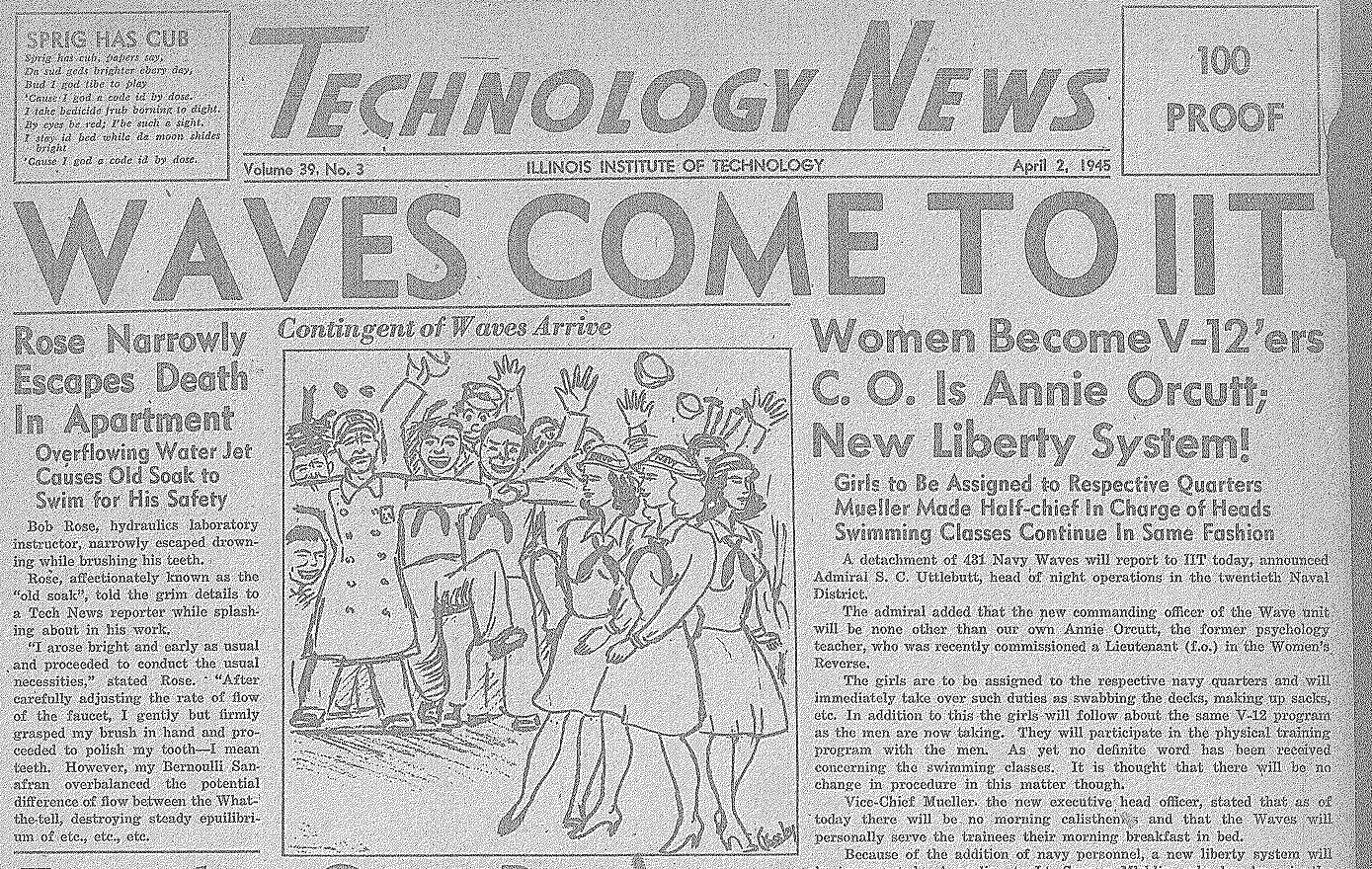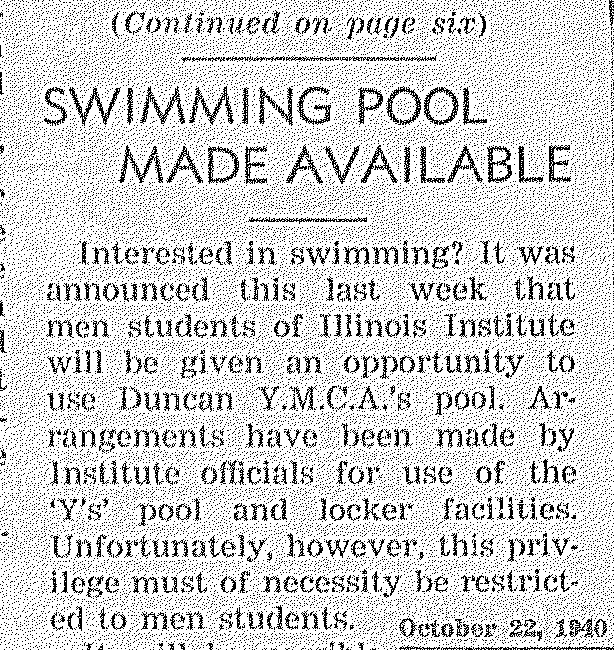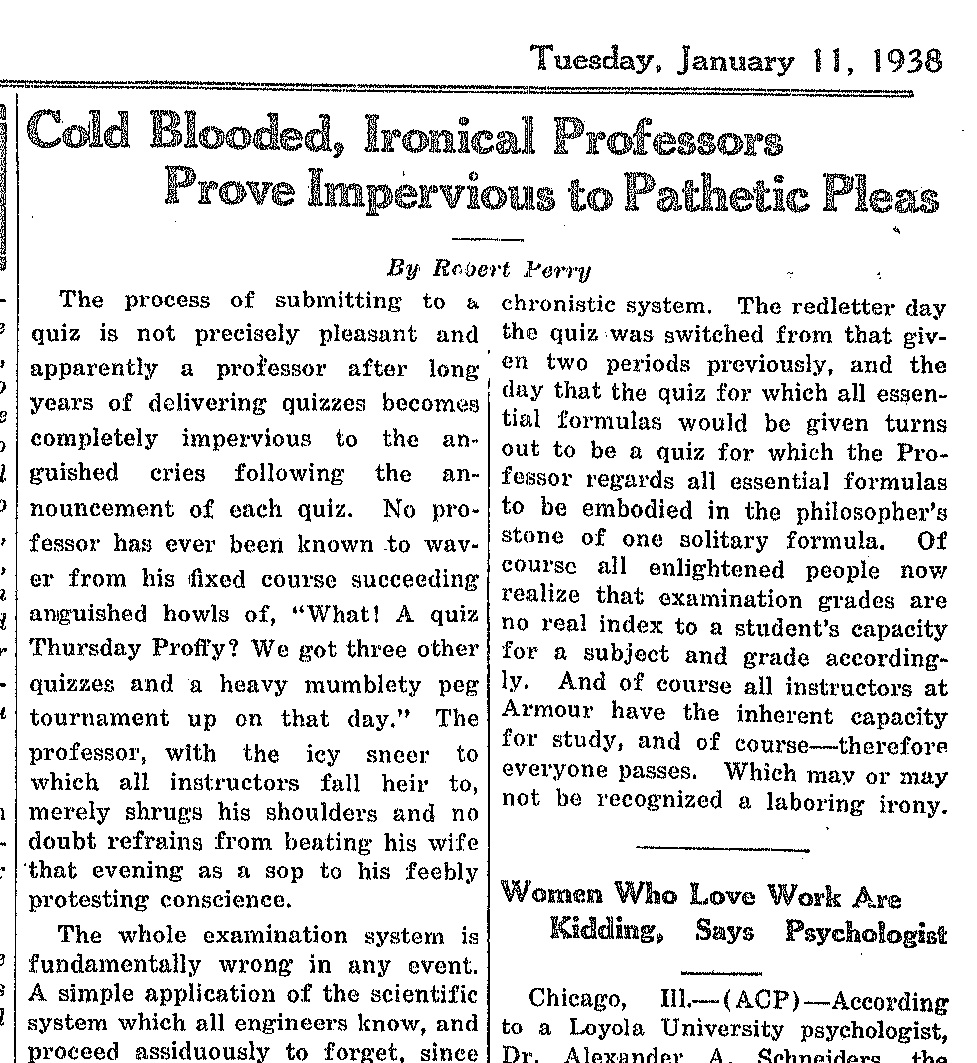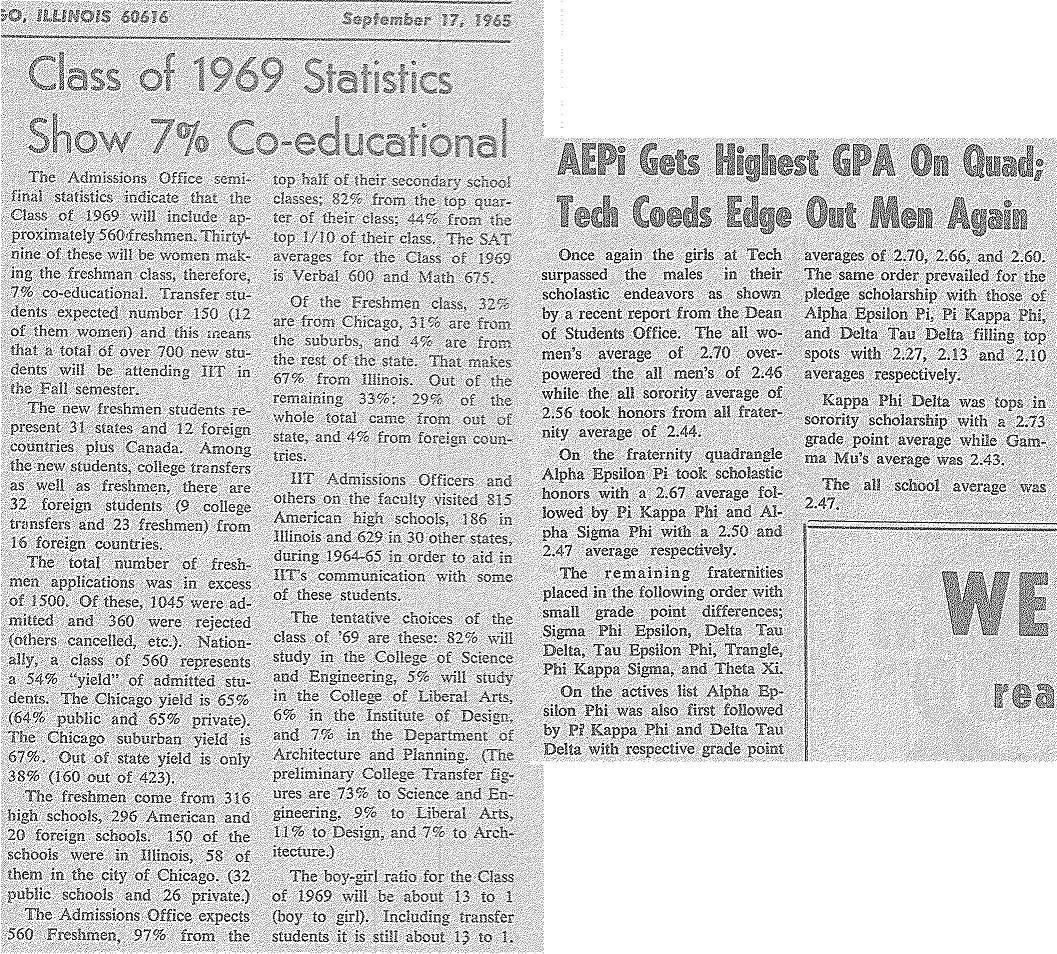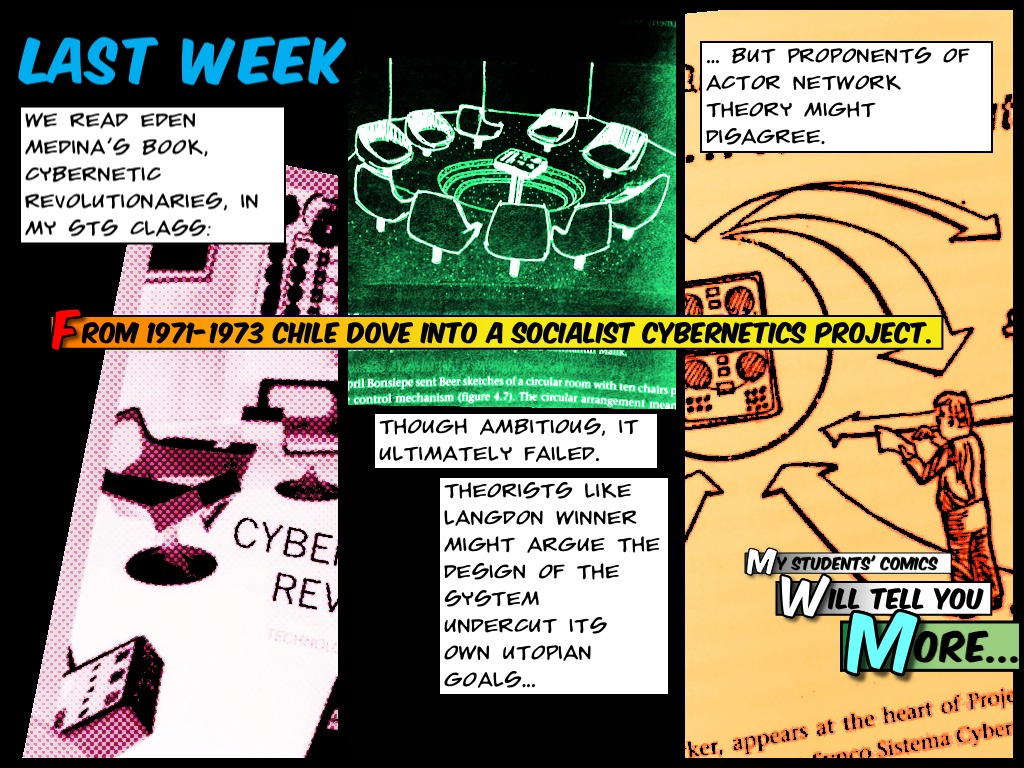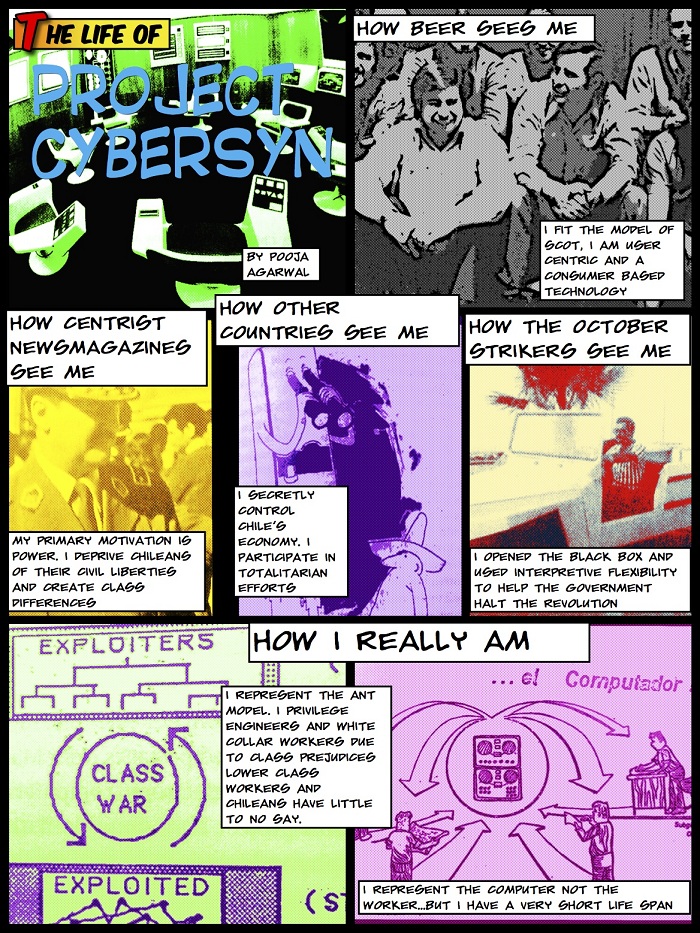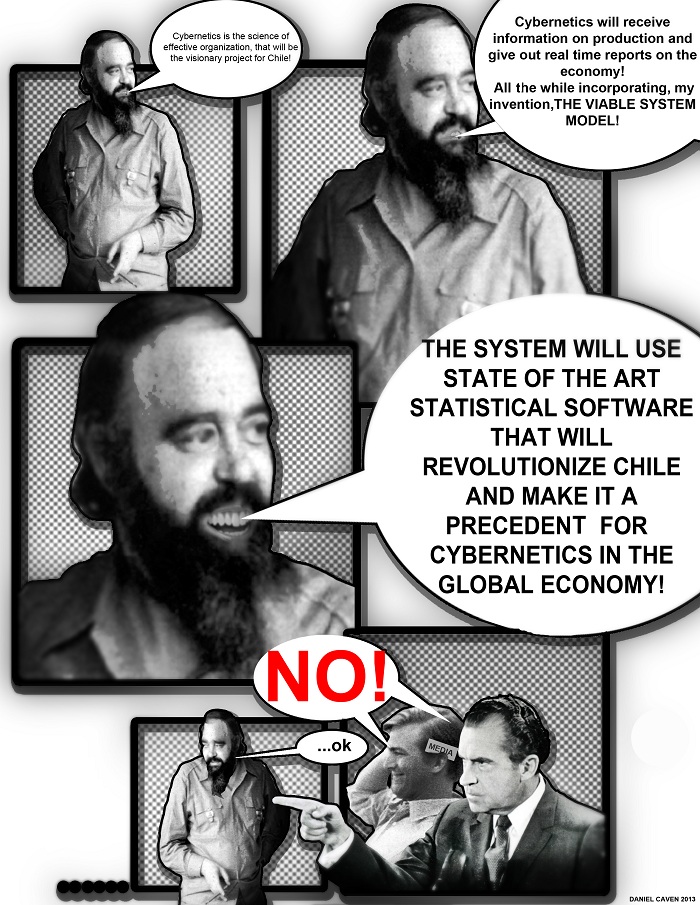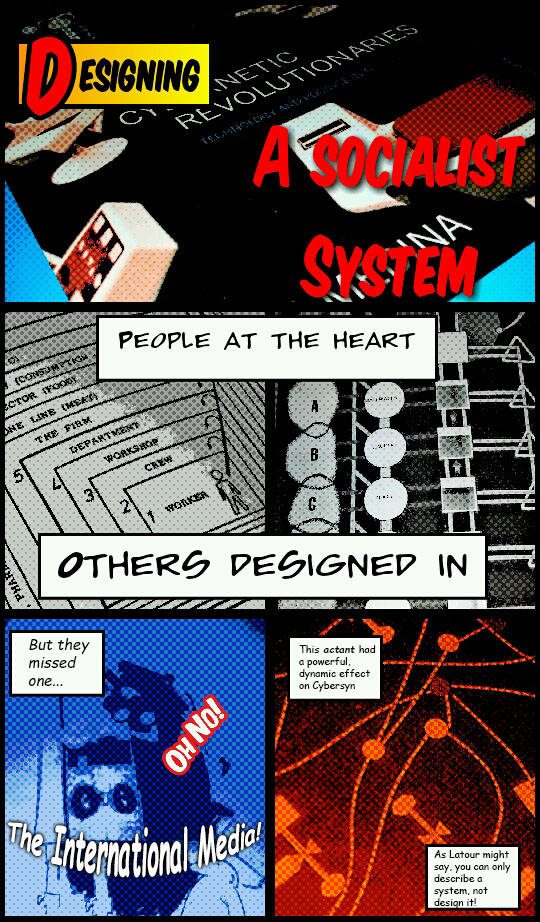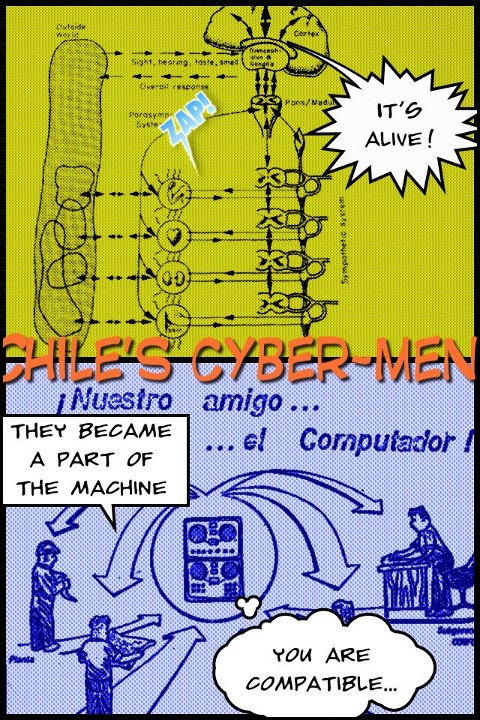For Women’s History Month I’ve been asked to do a blog post for the Computer History Museum on “Brogramming.” It’s not posted yet, but in the meantime I’ve decided to re-post, as background, another piece I did on the topic for the Special Interest Group on Computers, Information, and Society:
From Antisocial to Alphasocial: Exclusionary Nerd Cultures and the Rise of the Brogrammer
“Sometime in the last ten or twelve years, the stereotypical image of the Silicon Valley programmer has shifted from a socially awkward, Utili-kilt-wearing geek to something far more sinister, and fratty, and sexist,” begins the article in the Sfist. Recently, a new term for programmers in their 20s has come into the national consciousness: brogrammer. Half fratty “bro” and half programmer, as a whole the concept of the brogrammer is completely masculine. So is this latest reaction to the nerdy programmer stereotype a problem?
Many commentators have pointed out the damage that this new type of computing culture might have on women coders or potential coders. A recent Mother Jones article pointed out that if women are looking for a job in an environment where interviews by a committee can be casually referred to as “gang bang interviews,” they might be turned off by the workplace culture of a company before they even have the chance to work there.
And the phenomenon isn’t limited to just a few Silicon Valley startups. As a cultural archetype, it’s been gaining currency and power for the last year or so at an alarming rate: “the term has become the subject of a Facebook group joined by over 21,000 people,” notes Bloomberg Businessweek in their recent article.
It’s difficult to parse the different levels of irony—or genuine commitment—that those thousands of individuals feel for the brogrammer identity. But this may be part of the problem. As the Mother Jones article indicates, several companies and their employees–when called on the sexism of the brogrammer ideal–excused themselves on the grounds that they were being ironic, and that people just weren’t getting the joke.
If it is a joke, and much of the brogrammer identity is certainly meant to be facetious, then “there’s also an audience that feels left out of the joke…. Anything that encourages the perception of tech as being male-dominated” will contribute to the decline of women in computing, warned Sara Chipps, quoted in Bloomberg. Chipps is the founder of Girl Develop It, which encourages women ask questions of other women programmers to minimize the intimidation factor of workplaces with a gender imbalance.
One thing missing in the recent flurry of discussions on brogramming and its ills is the fact that this issue isn’t really about women. It’s about gender. And the image of the straight, feminine woman the media invokes as likely to be turned off by a workplace environment where brogrammers hold sway is actually only one of many likely to be hurt by brogrammer culture. A panoply of other people with different gender identities and sexual identities–men, women, or genderqueer–would likely be similarly unhappy in an environment that privileges a certain kind of retro, straight, masculine gender identity as normative or aspirational.
The other element that seems to be mostly missing from these conversations in the press is the historical element. Although each article quotes the obligatory handful of stats about women’s declining share of computer science degrees, they don’t go any further. And yet, in many ways, the rise of the brogrammer is unsurprising to historians: it’s just another iteration of the “alpha nerd” archetypes that have circulated since the inception of commercial computing. From sixties-era self-styled wizards who held the key to the black art of programming; to mischievous whiz kids like Gates and Jobs who got their start in the wild west of computing in the seventies; to the scruffy, bearded, UNIX geeks who became mainstream in the nineties; to the most recent wave of fabulously wealthy boy wonders epitomized by Mark Zuckerberg and other start-up billionaires who fit a certain age, race, and gender profile.
The characters in these stories have appeared in the popular press for decades, gaining more and more currency with each repetition, and coming to define the narratives we tell ourselves and each other about computing. Those who don’t fit these molds end up disappearing, unrecognized and unrecognizable as technology workers because they clash with the popular images conjured and reinforced by media.
Historians of computing like Nathan Ensmenger, Janet Abbate, Tom Misa, Jennifer Light, myself, and others have shown how these images and discourses can’t be taken for granted as accurate: computing was never as masculine as our received popular conception makes it seem. And the recent furor over brogramming shows that it’s still not.


